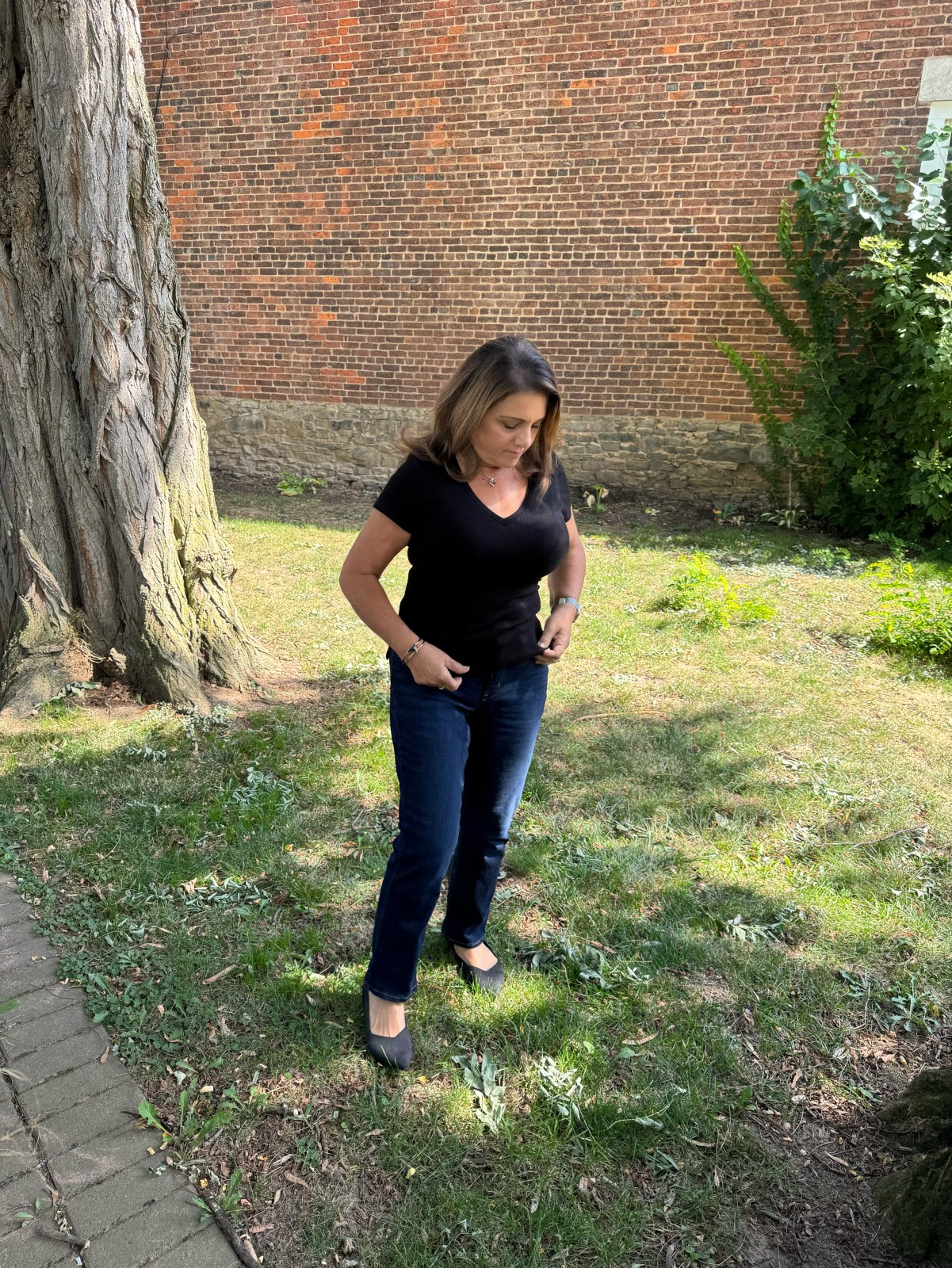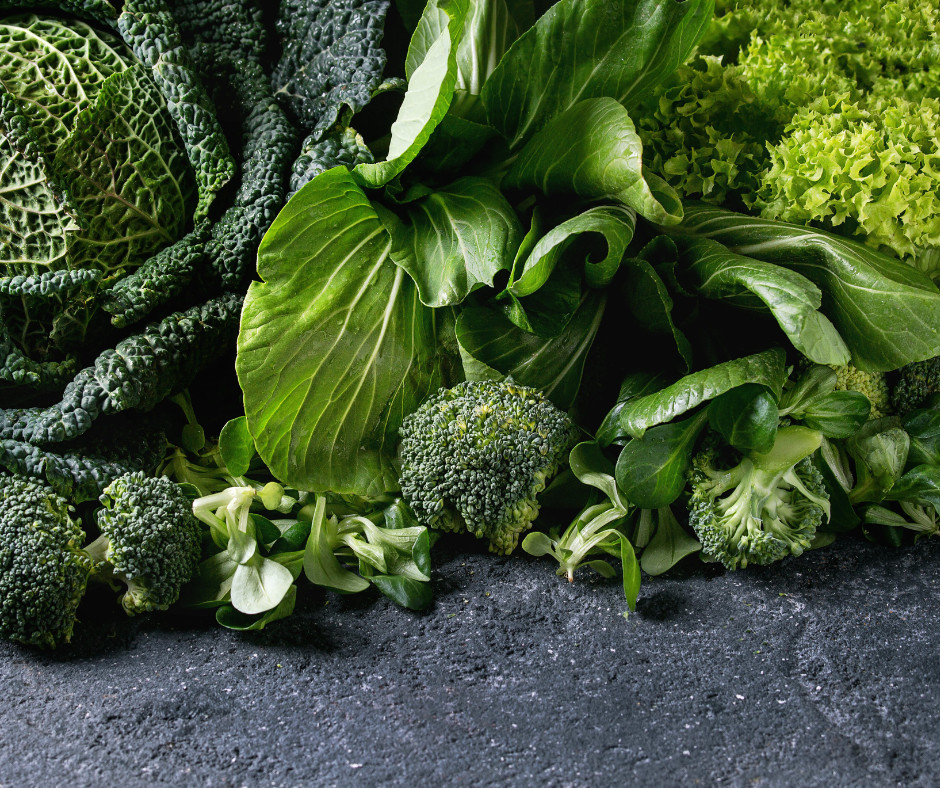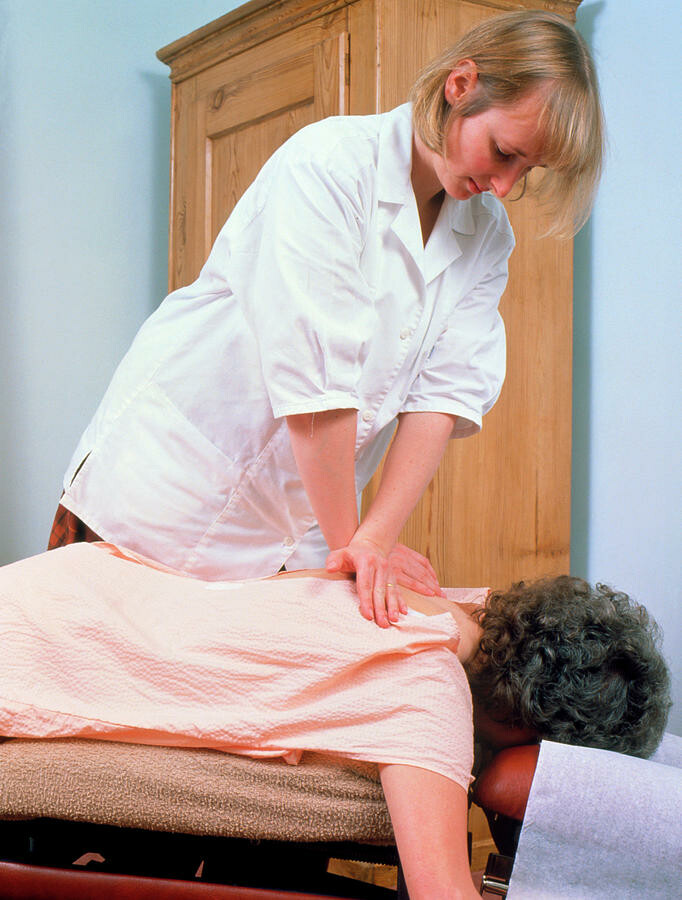
For women living with arthritis, it can be difficult to find relief from the pain and discomfort associated with the condition. While there are a multitude of treatments available, many don’t provide long-term relief or are too invasive. Thankfully, chiropractic care is an option for those looking for a non-invasive treatment that may provide some much needed relief. Let’s take a look at what women need to know about using chiropractic care as part of their arthritis management plan.
How Can Chiropractic Care Help?
Chiropractic care seeks to treat the underlying causes of pain and discomfort rather than just addressing symptoms. It is based on the premise that the body has an innate ability to heal itself when given the right environment, including proper diet and exercise, restful sleep, and positive mental health habits. Of course, these things alone might not be enough to fully manage arthritis symptoms; however when combined with chiropractic adjustments they may be able to help reduce inflammation in joints which can improve overall mobility and quality of life.
Chiropractors also focus on maintaining spinal alignment and joint function which helps relieve pressure on nerve endings throughout the body. This can help reduce chronic pain from arthritis as well as other conditions like fibromyalgia or sciatica. Additionally, regular treatments can help improve circulation throughout the body which aids in healing damaged tissues or joints caused by arthritis.
What Else Should I Know?
When seeking out a chiropractor for your arthritis treatment plan it’s important to do your research first. Make sure you find someone who has experience treating patients with similar conditions so that they understand your needs more fully and are better equipped to create a personalized treatment plan specifically tailored towards managing your specific condition. It’s also important to ask questions during your initial consultation so that you have all the information you need before starting treatment. That way you are sure that you are getting exactly what you need without any unwanted surprises along the way!
Seeking out chiropractic care for arthritic conditions can be beneficial for many women looking for non-invasive treatments with long-term results. While it’s important to do your research beforehand so that you know what kind of treatments will best suit your specific needs, once you have found a competent practitioner it can make all the difference in helping reduce pain and improving quality of life while living with this condition. So if you think chiropractic care might be right for you then don't hesitate—talk to a chiropractor today!
Here is the link to what I use to manage my inflammation.
Get my free guide "3 ways to reduce inflammation" !
Ask me about the 11 day jumpstart to reduce pain and inflammation
Disclaimer: The information in this article is for educational purposes only and should not be considered medical advice. Please consult with a healthcare professional before making any changes to your diet or lifestyle.
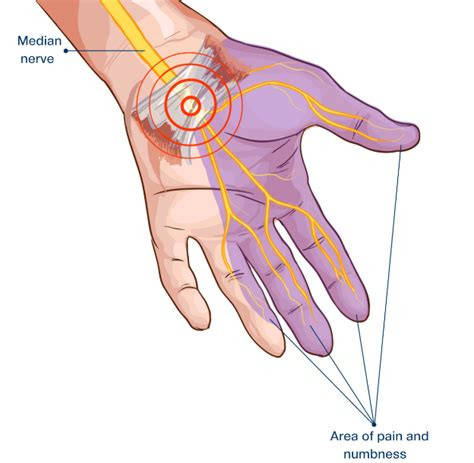
Women of all ages are now turning to the internet for answers about arthritis and carpal tunnel syndrome. As both diseases have become more common, it makes sense that women especially would be more interested in learning more about them. But does arthritis cause carpal tunnel syndrome? Let’s break down the facts and why this is such an important question for many women.
What is Arthritis?
Arthritis is a joint disorder featuring inflammation of one or more joints. It can cause pain, stiffness, and swelling in the affected joints. There are over 100 different types of arthritis that range from mild to severe and can affect people of all ages. The most common type of arthritis is osteoarthritis, which affects nearly 30 million Americans.
What is Carpal Tunnel Syndrome?
Carpal tunnel syndrome (CTS) is a condition caused by compression of the median nerve as it passes through the wrist into the hand. It causes numbness, tingling, and pain in the hands and fingers, as well as weakness in the muscles of the hand and wrist. CTS is most often caused by repetitive motion or injury to the area around the carpal tunnel.
Does Arthritis Cause Carpal Tunnel Syndrome?
The short answer to this question is no—there isn’t a direct link between arthritis and carpal tunnel syndrome. However, there may be an indirect connection between them depending on how someone’s arthritis affects their body. For example, if someone has rheumatoid arthritis (RA), they may experience swelling around their wrists due to inflammation in those joints. This swelling can put pressure on their median nerve, which could lead to symptoms associated with carpal tunnel syndrome such as numbness or tingling in their hands or fingers. So while there isn’t a direct link between RA and CTS, there could still be an indirect connection if RA symptoms put pressure on certain parts of your body like your wrists or hands.
Knowing whether or not there’s a connection between arthritis and carpel tunnel syndrome can help women make informed decisions about how best to manage their health condition(s). While there isn't a direct link between these two diseases, understanding any potential indirect connections can help you better understand how your own health issues may be affecting your daily life—and what you can do about it! If you're concerned about any symptoms you're experiencing related to either disease, speak with your doctor right away so they can make an accurate diagnosis and create an effective treatment plan for you based on your individual needs.
Here is the link to what I use to manage my inflammation.
Get my free guide "3 ways to reduce inflammation" !
Ask me about the 11 day jumpstart to reduce pain and inflammation
Disclaimer: The information in this article is for educational purposes only and should not be considered medical advice. Please consult with a healthcare professional before making any changes to your diet or lifestyle.
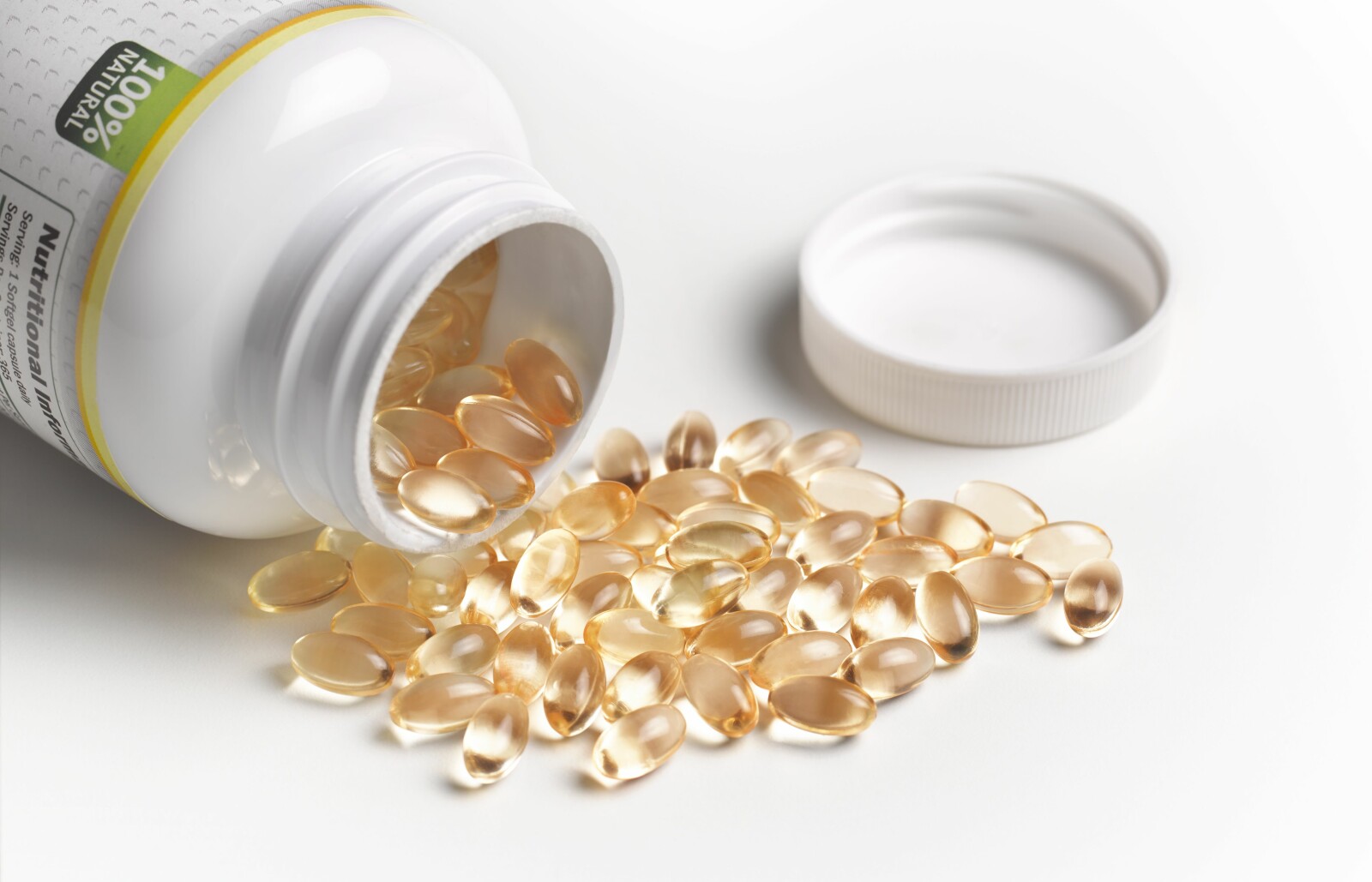
It’s no secret that vitamin D is important for our overall health. But did you know that it can also help reduce inflammation? Recent studies suggest that adequate levels of vitamin D can help to reduce inflammation and improve one’s overall health. Let’s take a closer look at how this works.
Vitamin D and Inflammation
Vitamin D is known as the sunshine vitamin, because the body produces it when exposed to direct sunlight. It helps the body absorb calcium and has many other important functions in the body, including reducing inflammation. Inflammation is a natural response in the body when it is trying to protect itself from injury or infection. While acute inflammation can be beneficial, chronic inflammation is associated with serious illnesses such as heart disease, diabetes, cancer, and autoimmune disorders.
Studies have shown that taking vitamin D supplements can reduce pro-inflammatory markers in the body, which suggests a potential link between supplementing with vitamin D and reducing inflammation. Additionally, research has suggested that women who have higher levels of vitamin D are less likely to experience chronic inflammation than those with lower levels of vitamin D intake.
Why Women Should Take Vitamin D
Women are more likely than men to suffer from autoimmune disorders and certain types of cancer due to their unique hormones and physiological makeup. Therefore, women may benefit more from taking Vitamin D supplements than men do since it could potentially reduce the risk of developing diseases caused by chronic inflammation such as rheumatoid arthritis or lupus. Additionally, Vitamin D plays an important role in maintaining strong bones and teeth, which is especially important for women during menopause when they may be at risk of developing osteoporosis due to decreased hormone levels.
The evidence suggests that taking a daily dose of Vitamin D can help reduce inflammation in women and potentially prevent them from developing chronic illnesses caused by prolonged bouts of inflammation such as arthritis or cancer. Additionally, taking Vitamin D supplements can help maintain strong bones and teeth regardless of age or stage in life. So if you’re looking for an easy way to boost your health and wellbeing - consider adding a quality Vitamin D supplement into your routine!
Here is the link to what I use to manage my inflammation.
Get my free guide "3 ways to reduce inflammation" !
Ask me about the 11 day jumpstart to reduce pain and inflammation
The vitamins I use.
Disclaimer: The information in this article is for educational purposes only and should not be considered medical advice. Please consult with a healthcare professional before making any changes to your diet or lifestyle.
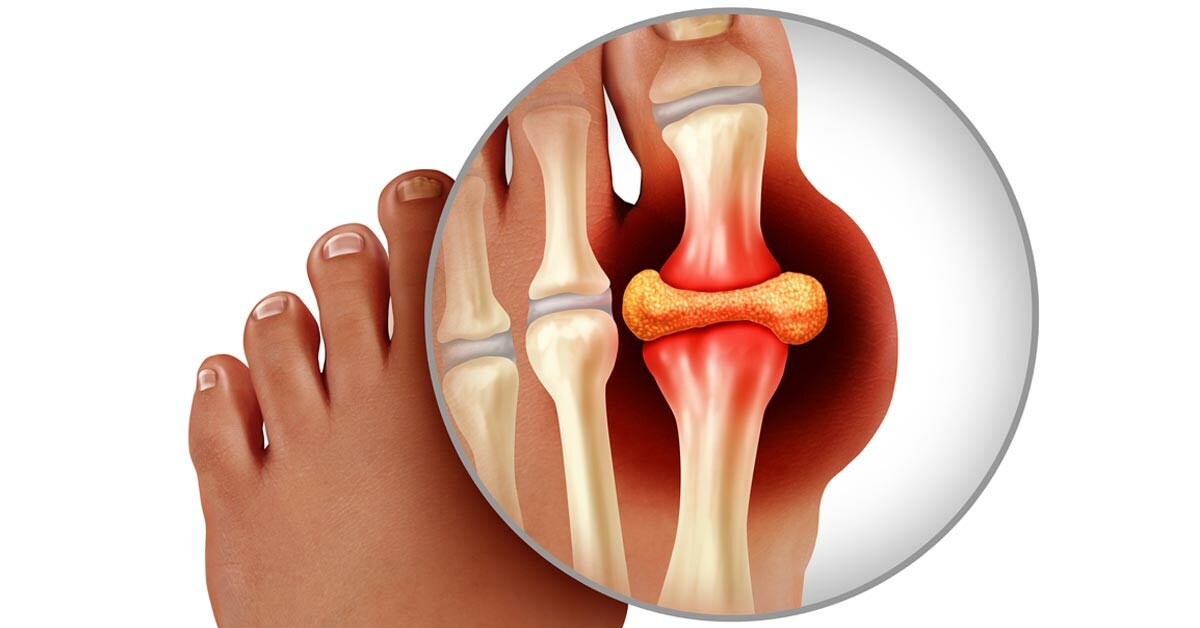
Arthritis is a common condition that affects millions of people, primarily women over the age of 40. Generally, arthritis develops gradually over time and can be managed with lifestyle changes and medications. However, there are certain types of arthritis that come on suddenly and require immediate attention. Let’s take a closer look at what kind of arthritis can develop suddenly.
Infectious Arthritis
Infectious arthritis is caused by an infection in the joint, typically due to bacteria or viruses. It causes sudden pain, swelling, warmth, and redness in one or more joints. It can also cause fever, fatigue, chills and discomfort in the affected area. Infectious arthritis is a medical emergency and should be treated immediately with antibiotics or antiviral medications to prevent further damage to the joint(s).
Gouty Arthritis
Gouty arthritis is caused by an accumulation of uric acid crystals in one or more joints. Uric acid builds up when the body produces too much or can’t get rid of it properly. Gouty arthritis usually comes on suddenly and causes intense pain that can last for days or weeks at a time in the affected joint(s). Treatment for gouty arthritis typically involves anti-inflammatory medications such as ibuprofen to reduce swelling and pain as well as medications to help lower uric acid levels in the blood.
Reactive Arthritis
Reactive arthritis is caused by an infection elsewhere in the body that triggers an immune response which then causes inflammation in one or more joints. Common infections that trigger reactive arthritis include food poisoning (salmonella), sexually transmitted diseases (STDs) like Chlamydia, urinary tract infections (UTIs), and respiratory tract infections (RTIs) like influenza. Symptoms can vary but typically include sudden onset of joint pain and stiffness along with fever, fatigue, rash, eye irritation and/or mouth sores. Treatment for reactive arthritis often includes anti-inflammatory medications such as ibuprofen to reduce swelling and physical therapy to help maintain range of motion in affected joints.
Knowing what type of arthritis comes on suddenly is important because different types require different treatments for optimal results. In general, it’s important to seek medical attention if you experience any sudden onset joint pain accompanied by other symptoms such as fever, rash or eye irritation so you can get an accurate diagnosis and treatment plan tailored to your needs. Taking steps now may help you avoid long-term complications from these conditions later down the road!
Here is the link to what I use to manage my inflammation.
Get my free guide "3 ways to reduce inflammation" !
Ask me about the 11 day jumpstart to reduce pain and inflammation
Disclaimer: The information in this article is for educational purposes only and should not be considered medical advice. Please consult with a healthcare professional before making any changes to your diet or lifestyle.
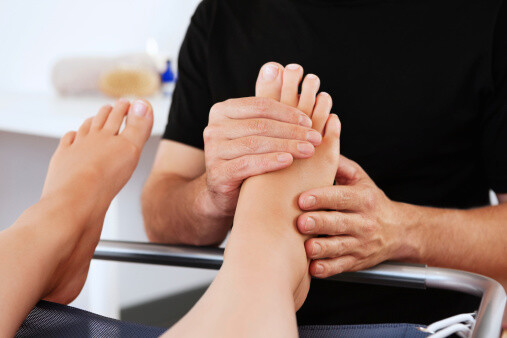
If you have arthritis and are looking for a natural way to alleviate the pain in your joints, massage therapy may be just what you need. Massage has been used to treat joint pain for centuries and can be an effective way to reduce inflammation, promote healing, and improve joint mobility. Let’s explore the various benefits of massage for arthritic joints.
Reduce Inflammation
Massaging the affected area helps to reduce inflammation by increasing blood flow to the area. This can help break down scar tissue that has built up over time due to arthritis, as well as relax tense muscles that are often caused by chronic pain. This increased blood flow also helps speed up the healing process so that you can get back to feeling better sooner rather than later.
Improve Mobility
If you suffer from arthritis, it’s likely that your range of motion is limited in some way due to stiffness or pain in the affected joint. Massage can help loosen tight muscles and improve joint flexibility, allowing you to move more freely and with less discomfort. Massage also helps release endorphins, which are natural chemicals produced by your body that act as a natural painkiller. By promoting relaxation, massage can help ease tension in your body and make movement easier.
Relieve Pain
As mentioned earlier, regular massage sessions can help reduce inflammation and muscle tension in arthritic joints, which in turn helps relieve both acute and chronic pain associated with arthritis. Additionally, massages increase circulation throughout the body which helps reduce swelling around the affected area. Improved circulation also brings more oxygen-rich blood cells to the area which aids in healing damaged tissues faster. The combination of these effects makes massage an ideal therapy for managing arthriticpain without resorting tom edication or invasive treatments like surgery or injections.
All in all, there are many benefits associated with using massage therapy for arthritic joints. Massage is a safe and natural way to reduce inflammation, improve mobility, and relieve pain associated with arthritis without resorting to medication or more invasive treatments like surgery or injections. If you suffer from arthritic joint pain and wantto find relief without putting yourself at risk of side effects or complications from other forms of treatment, then consider incorporating regular massage into your health care routine today!
Here is the link to what I use to manage my inflammation.
Get my free guide "3 ways to reduce inflammation" !
Ask me about the 11 day jumpstart to reduce pain and inflammation
Disclaimer: The information in this article is for educational purposes only and should not be considered medical advice. Please consult with a healthcare professional before making any changes to your diet or lifestyle.



